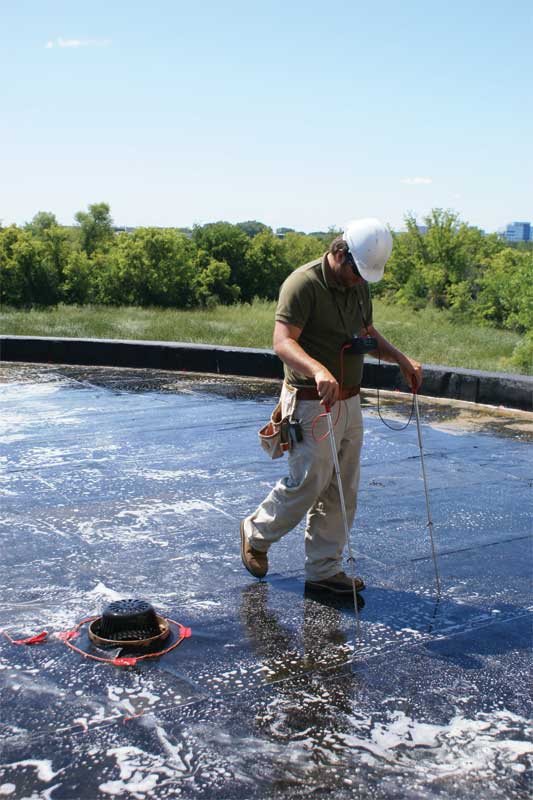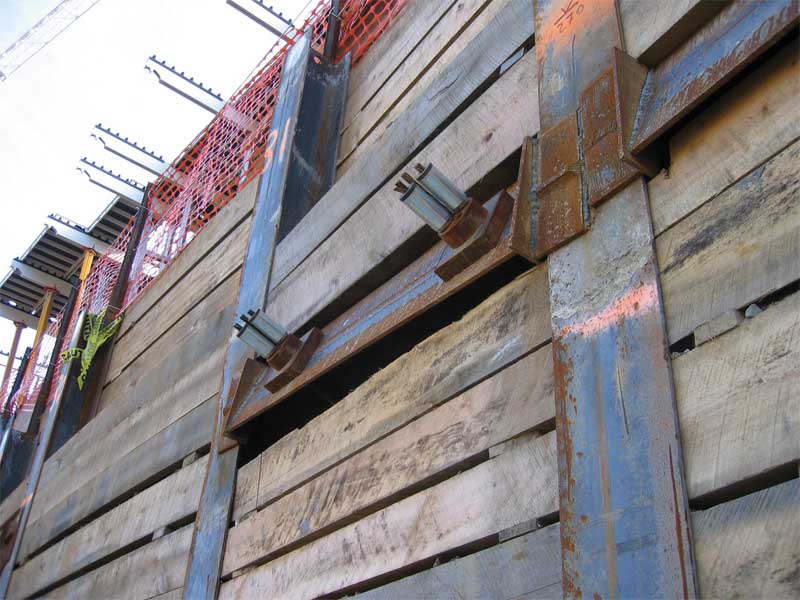
Warranties
A warranty is simply a written guarantee, issued to the owner, promising to repair or replace the waterproofing proven to be defective within a specified period of time. Unfortunately, warranties are misunderstood in many cases, or worse, sometimes misrepresented. Warranty should not be confused with an actual proactive quality assurance program monitoring the waterproofing work throughout the construction phase.
Some owners, architects, and contractors choose a waterproofing system primarily for its warranty duration. Historically, most manufacturers warrant their product from one to five years. Occasionally, a longer period warranty will be provided for a very large project or one of exceptional importance.
Some companies offer “lifetime” warranties. These should be interpreted carefully. Most states have placed legal restrictions on what the lifetime warranty of a construction product can be—seven to 15 years is common. Additionally, insurance companies typically limit the time period for which subcontractors can purchase liability insurance for materials installed. Waterproofing contractors can typically bond their work for no more than five years. One must be wary of accepting a long-term warranty from vendors who have been in the business for only a few years because a warranty is only as valuable as the financial soundness of the issuer.
Most owners are surprised to learn the coverage limitations of warranties—many are prorated and others are limited to the original material cost. The language used to draft warranties can be confusing. The perception of what the warranty covers, and what it actually covers, can be quite different. For example, both product A and B have a 10-year warranty, but there is a slight difference in the language—“labor and material” for A vs. “material” for B. These simple words change the entire scope of the issuer’s liability and responsibility.
Pre-construction meeting
Why does every major league baseball game have a pre-game meeting at home plate with team managers and umpires? Each baseball stadium, like each construction project, is slightly different and the teams need to cover unique points to establish ground rules for the game in a specific stadium. Similar to the home plate meeting, the project construction documents necessitate a mandatory
pre-construction (pre-con) meeting to review the waterproofing materials and design as well as construction technique and sequencing. It is also important to cover the requirements of the quality assurance plan so the project continues to maintain its warranty eligibility.

The pre-con meeting may not be limited to the project members and can include:
- general contractor;
- architect;
- owner’s representative;
- certified inspector;
- waterproofing consultant;
- waterproofing manufacturer representative; and
- subcontractors for waterproofing installation, concrete, and excavating.
One can also include any other subcontractor whose work includes items passing through the waterproofing plane (e.g. mechanical and electrical subcontractors).
During the meeting, the manufacturer’s representative should cover the requirements for their warranty such as product installation guidelines and acceptable substrate conditions, as well as establish inspection reporting criteria and corrective action process for any nonconformance items (i.e. any observed deviation from the intent of the construction contract documents).
On paper, the SOE design may appear rather simple, but this is where problems usually begin. The pre-con meeting provides the opportunity to establish acceptable substrate conditions for proper installation of the waterproofing system.
Further, the contractor may not have sufficient time to review and assess every aspect of the contract plans and specification prior to the project bid, so the pre-con meeting presents a perfect opportunity for clarification.
Meeting minutes should record the subjects discussed, decisions made, and the name and signature of all the attendees. The meeting can also be video recorded for later reference.




